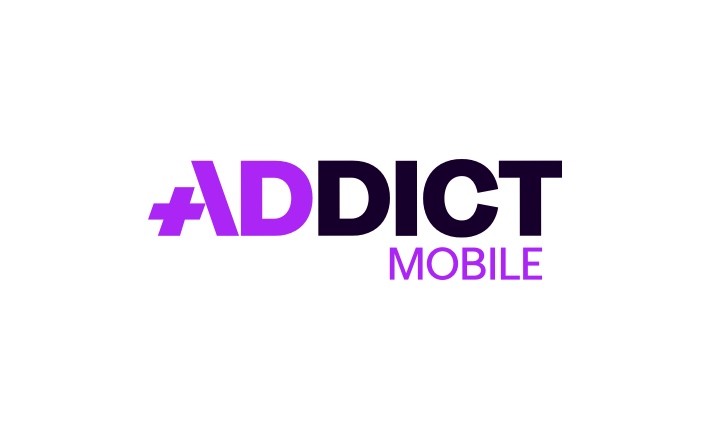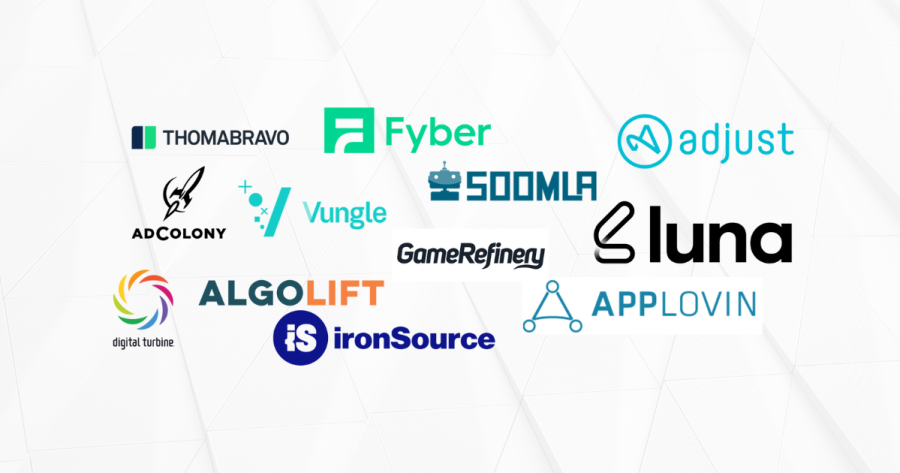How to create effective visuals for mobile advertising?

One may think creating mobile advertising visuals is easy when you already master them for desktop. However, mobile has two specificities you should carefully think of:
- Device screens are tiny, leaving smaller space for your advertising;
- There are over a hundred of screen sizes, which implies creating many sizes just for one visual.
Adapting your visuals to the specificities of mobile, both in terms of content and sizes can help improve up to + 500% the profitability of your campaign.
-
Adapting content
In order to be relevant on mobile screens, that are smaller than computer screens, the content of your advertising should be adapted.
For example a banner, the most common format in advertising usually displayed at the top or the bottom of the screen, represents 1/5th of the screen. Because of the limited space, you should focus on these key elements:
- Brand identification (logo, icon, name)
- Illustration
- Text in the spirit of your brand
- A “call-to-action” button, in order to convert the click into an action

For the smallest screens, you shall even remove the illustration and keep only a concise text and the call-to-action button.
An example of how bad a banner can be is shown in the illustration on the left: this McDonald’s banner does not suit the screen size; it does not cover the entire mobile screen. Furthermore, the text is totally unreadable and there is no call-to-action.
Another example of a performant advertising format is video. Duration should ideally be 15 seconds, and never exceed 30 seconds. Video ads are often muted on mobile and it remains a big challenge for advertisers. Some brands succeed to take advantage of this constraint and take it as an opportunity to attract attention. For example, hotels.com create a video with subtitles and an interpreter using American Sign Language. The interpreter says Sign Language “if you understand me, type gift me into the comments to get a gift card”. Hotels.com wanted to reward people who were paying attention to the advert and the reaction on this has been very positive.
-
Adjusting size
It is necessary to create manually twenty different mobile adfvertising visuals to cover all screen sizes. Indeed, stretching the banner to make it compatible with all screen sizes is not a good idea: the result will not be attractive and the campaign might lose its credibility.
The process of creating twenty different visuals and adapting graphical objects for each visual (picture, text, button, etc.) is very long and tedious. It’s even longer if advertisements are localized in several languages.
Addict Mobile technology could save you considerable time by creating several visuals in all sizes just in one click and automatically repositioning the graphic objects at the right place for each visual.
-
Performing A / B testing and campaign optimization
After adapting mobile advertising visuals content and sizes to specificities of mobile, the next step is to perform A / B testing. We usually create between 10 and 15 visuals for the same campaign and compare their various performances, in order to select the best visual for each audience group.
Depending on visuals, click through rates (CTR) can vary from 1 to 10!
-
Updating visuals content
Finally it is highly recommended to update visuals every 2-3 weeks for two reasons:
- First of all, mobile advertising visuals which remain the same are less noticeable by mobile users, whereas new advertisements attract curiosity. By updating advertisements, user interest is renewed;
- Secondly, adverts should match season offers. For instance, if you have a mobile site shopping, it is important to create specific visuals during sales period. Renew mobile ads at key moments like this one, and you will have more chances of generating downloads, clicks or registration.
To conclude, adapting content and size materials for mobile, A/B testing and updating visuals on a regular basis will result in better CTR and therefore in better ROI of your mobile campaign.
Addict Mobile technology can help you with automatically create all material sizes and manage A / B testing campaigns.
ACTUALITÉS
Article en relation

Cityscoot rolls out its app across Europe and…
Cityscoot is the number one service for self service electric scooters. Launched in 2016 in Paris, the brand has rapidly expanded to...
Publié le 7 April 2021
The mobile app ecosystem is consolidating!
The latest major changes in the mobile app ecosystem (privacy, Apple’s ATT Framework, maturity of advertisers.) are forcing players in the mobile ecosystem...
Publié le 1 April 2021
Addict Mobile was awarded during the event Les…
During the event Les Mobiles D’Or, we have been given the award for Mobile Acquisition. It rewards the success of the partnership between...
Publié le 29 März 2021
